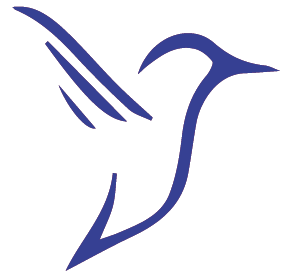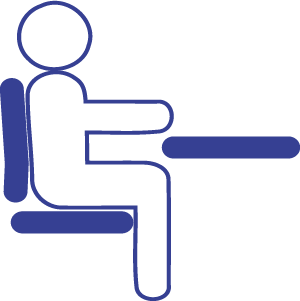The accident gravity rate was higher than in 2021 for the Group. It stood at 0.03 for the Group and 0.05 for factories and distribution centres in 2022.
Priorities
The main Health and Safety priorities and orientations relate to the following eight areas:
- 1. Definition and deployment of strategy and action plans to achieve the targets set: Conventional Frequency Rate (TFc) <0.5 for all Group sites;
- 2. Commitment and visible participation by management;
- 3. Initiatives to fight the most frequent incidents, which include a global ergonomics programme and a specific LIFE programme on potentially serious accidents (see section 4.3.1.1.1.);
- 4. Health and Safety organisation and practices in compliance with the Group’s standards with ISO 45001 certification for all Operations sites;
- 5. Specific training programme for managers, EHS managers, operators/technicians and for all employees;
- 6. Continuous improvement of the Health and Safety management systems at all sites;
- 7. Active employee participation; and
- 8. Sharing of resources, feedback, and best practices.
89% of the Group’s factories are ISO 45001 certified for their safety policy.
A global programme dedicated to improving health and safety
L’Oréal has programmes with specific and innovative tools to achieve excellence in safety, which is based on four areas:
- a strategy based on risk management, the search for excellence and the sharing of the L’Oréal culture outside the Group;
- analysis of safety and health risks with the following tools: GHAP (Global Hazard Assessment Procedure), SHAP (Safety Hazard Assessment Procedure), Ergoval, PSM (Process Safety Management), CHERIE (Chemical Risk Evaluation);
- analysis of the root causes for the occurrence of incidents/ accidents with the RCA (Root Cause Analysis) tool; and
- the use of a correct prevention tool at the right time.
|
Programme to improve the safety culture
|
EHS Steering Committees The Management Committee of each site carries out a general review of the action plans and the effectiveness of the EHS programmes. |
|---|---|
|
SIO (Safety Improvement Opportunities) The SIO programme encourages employees to inform their direct managers of situations considered to be risky so that corrective measures are taken. |
|
|
Constructive Challenge This framework programme is designed to improve the individual safety culture so that all employees play proactive roles both in their own safety and that of others. Each site will set up this programme, depending on its maturity. |
|
| Safety control tools |
MESUR (Managing Effective Safety Using Recognition and Refocusing) These are periodic on-site safety visits by a manager. The programme has also been deployed on certain administrative and research sites since 2015. |
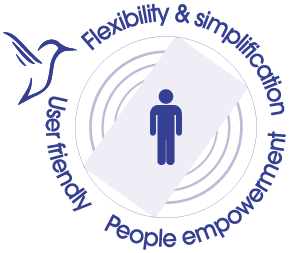 |
Digitalisation of prevention tools The Next Generation Tool programme was launched in 2021; it was designed in order to increase the use of digital tools in the EHS activities. The strategy for the deployment of digital tools is based on a survey conducted in 2020 on all Group sites. |
 |
LIFE The LIFE programme, set up in 2018, targets the activities which, if they are not controlled, can lead to a potentially serious accident. |
|
A programme to improve the ergonomic culture
|
Ergonomic Attitude This programme, which is intended to be extended to all Group sites, has been based since 2015 on a roadmap consisting of five levels. These levels enable sites to systematically improve their ergonomics culture and determine their individual action plans. |
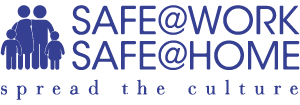 |
Safe@Work Safe@Home This programme is intended to export the L’Oréal health and safety culture outside the Group. We created a partnership with RoSPA (Royal Society for the Prevention of Accidents) to benefit from their experience and share the L’Oréal experience around the world. Since 2019, L’Oréal has sponsored a Safe@Work Safe@Home award to recognise the best initiatives in the world. |
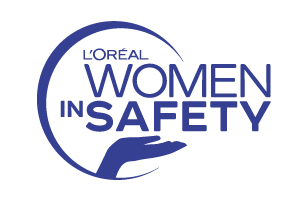 |
Womeninsafety@LOREAL This programme was launched in 2021 and is intended to promote the Group’s network of women working in the areas of Health and Safety, both in-house and outside the Group. A global steering committee issues a roadmap on the basis of four pillars: promote equity, diversity and inclusion; recognise leadership; be a role model; and develop EHS skills and expertise. |

